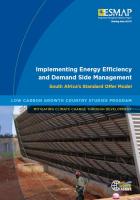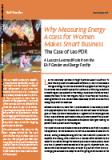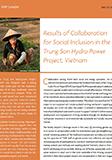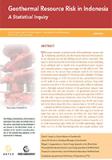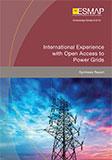Publications
South Africa faced an acute power crisis beginning January 2008 brought on by a combination of supply-side problems, including coal availability, maintenance needs, and unplanned outages that caused power system reserve margins to fall, virtually overnight, from 10% to almost zero. The size of the power shortage was staggering—about 3500 MW or about 10% of peak demand, every weekday from 6 am to 10 pm.
At the time of the power crisis the World Bank, assisted by the United Nations Development Program and the Energy Sector Management Assistance Program (ESMAP), was providing support to South Africa’s Long-term Mitigation scenario (LTMS). The power crisis further emphasized the urgency for near-term, practical assistance to implement the LTMS, for energy efficiency/demand side management (EE/DSM) measures. An associated program of technical assistance in EE/DSM—proven to be a cost effective, quickly scalable approach to mitigating power shortages and reducing load shedding—was therefore developed to provide timely support to South African counterparts.
This support included the review and discussion of international best practices in implementation of EE/DSM, including the role of special purpose EE or DSM funds, with Eskom, the Department of Minerals and Energy (DME), National Energy Regulator of South Africa (NERSA), and other stakeholders.
The Standard Offer approach was developed to support these objectives and is an improved mechanism for substantially increasing the implementation of EE/DSM projects. It was presented to Eskom, DME, NERSA, and the other stakeholders in a series of briefings and is discussed further in this briefing note.
Standard Offer is the mirror image of a feed-in-tariff mechanism used to procure supply side, renewable resources. Under this approach, the Buyer offers pre-determined tariffs for delivery of energy efficiency resources from different technologies. It is different from demand side bidding where demand resources compete on price.
Related links:
